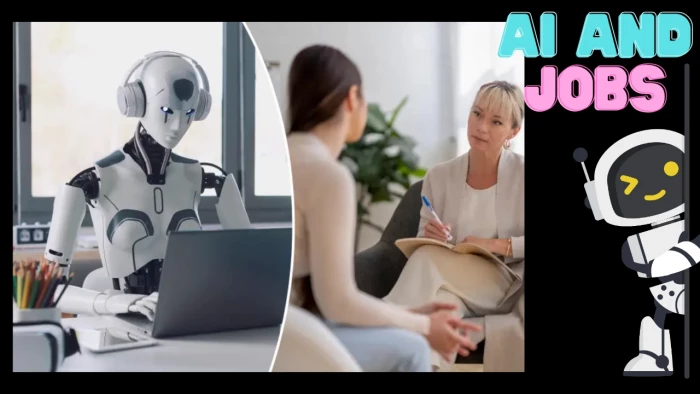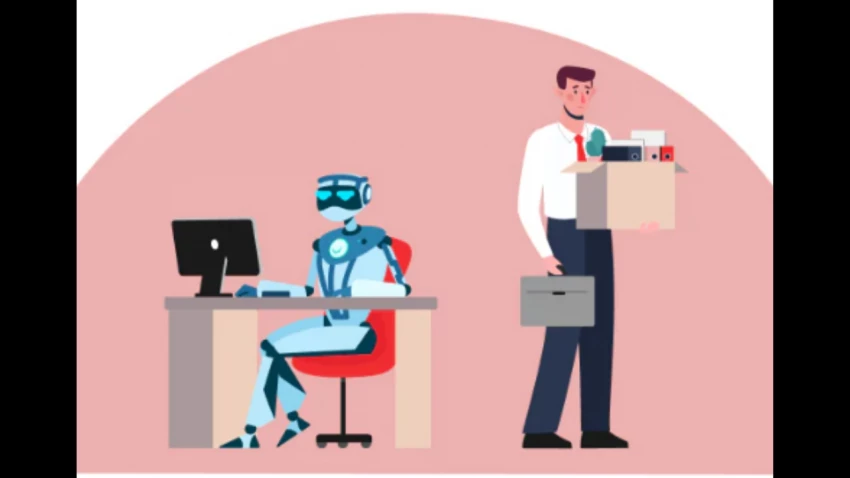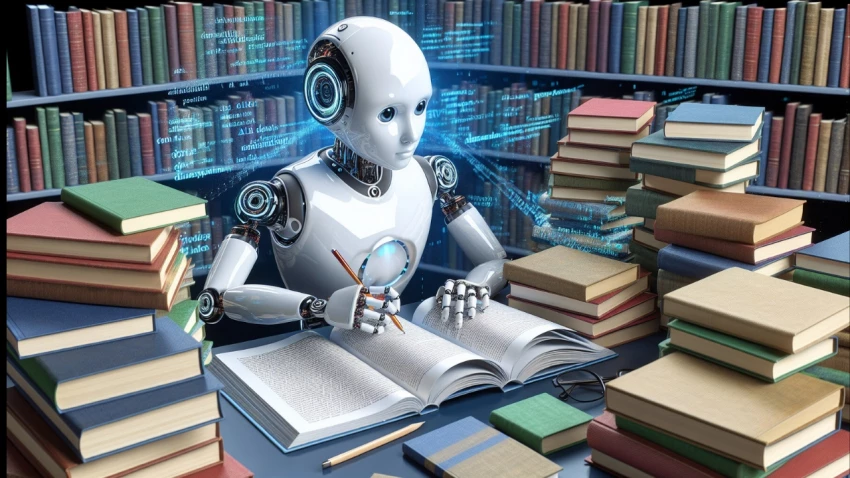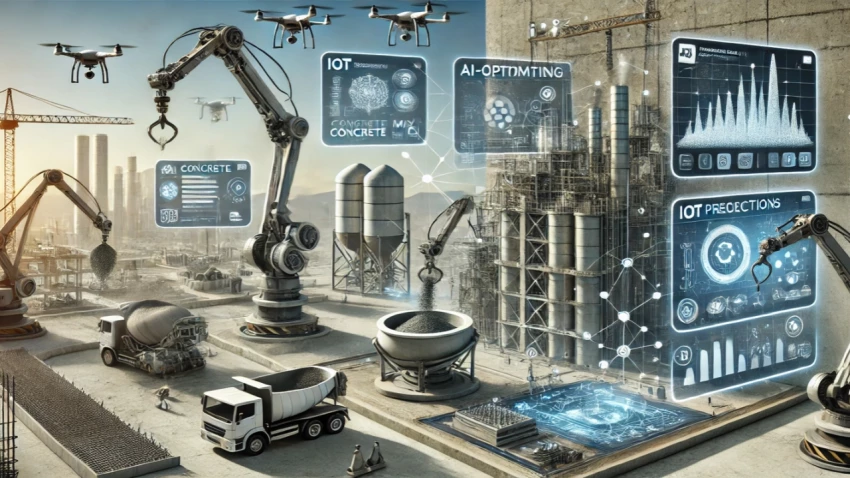

When Microsoft releases a major AI research report, people pay attention. Their latest 2025 analysis isn’t just another set of predictions—it’s based on hard usage data. By studying 200,000 anonymized Bing Copilot conversations from real workers across industries, Microsoft identified where AI is already overlapping with human job tasks, and where it still has little effect.
In its official research publication, Microsoft introduced the “AI applicability score,” a metric that measures both how often AI can be used in a role and how well it can perform the tasks involved. This is not speculation; it’s a direct reflection of AI’s current, real-world capabilities.
The study didn’t just confirm that AI is better at certain kinds of work. It drew a clear line between knowledge-based, communication-heavy jobs and hands-on, physically demanding roles.
The key takeaway:

When The Times of India reported Microsoft’s findings, the list of “most exposed” jobs read like a cross-section of the information economy:
These are not factory floor positions - they’re knowledge roles that deal in information and communication. AI can generate text, translate languages, process research, and analyze trends faster than a human can.

According to Barron’s coverage, the transformation here is already visible. Editorial teams are using AI to generate first drafts. Customer support teams are using chatbots to handle simple inquiries. Analysts are letting AI process raw data before they step in to interpret it.
The important detail? Even in the most AI-exposed roles, humans are still the final decision-makers. AI accelerates the work; it doesn’t own it entirely.
In contrast, Microsoft’s data and Investopedia’s analysis show a cluster of jobs where AI has minimal operational reach:
What these jobs share is not industry but physical immediacy. They require movement, tool handling, tactile inspection, and adaptation to unpredictable environments. Generative AI can offer advice, diagnostics, and scheduling help, but it cannot swing a hammer, clean a room, or set a broken bone.

Interestingly, even healthcare, an industry that’s embracing AI for diagnostics, has many roles like nursing assistance that remain grounded in human touch and physical care.
One of the more striking notes in Barron’s summary of the report is Microsoft’s emphasis on augmentation over automation. No occupation in the study was found to be 100% replaceable. Instead, AI changes the proportion of a job’s work that humans do directly.
For a travel agent, AI might handle 70% of the booking research, leaving the human to focus on client experience and personal recommendations. For a historian, AI can process archives and translate documents, freeing up more time for interpretation and theory building.
Even in high-applicability fields, the demand for human-only skills is growing. As Investopedia points out, creativity, empathy, and critical thinking are still out of AI’s reach.
Microsoft’s report identifies three human strengths to double down on:
For those in high-exposure jobs, adaptation is key. The Times of India piece emphasizes learning to collaborate with AI tools rather than competing with them. That might mean:
Similarly, low-exposure workers can use AI for planning, inventory, training, or documentation—even if the core of their job is still hands-on.

The report also hints at new categories of work that didn’t exist a decade ago. As part of its Work Trend Index, Microsoft describes emerging roles like AI trainers, strategy coordinators, and “AI integration specialists” who connect technology to existing business processes.
As Barron’s reporting notes, some of these roles are already showing up in tech job boards. While AI might shrink the need for some positions, it also creates entirely new industries and workflows.
Here’s the reality Microsoft wants workers to absorb:
Be the first to post comment!